How to make a cup of SOE coffee? Differences and characteristics of flavor and taste between SOE and mixed beans
SOE, which is often seen in coffee shops in recent years, what is SOE? How can I make a satisfying SOE when I suddenly want a drink?
What is SOE?
SOE's full name is "Single Origin Espresso", that is, single-origin espresso. This concept exists as opposed to the blending of espresso. To put it bluntly, SOE is the general name of espresso in a single producing area. There is no general description of the variety of raw beans, roasting information, extraction scheme, nor does it represent the quality of any coffee beans. Italian extraction is just a means of extraction, there is no guarantee that it will be delicious!
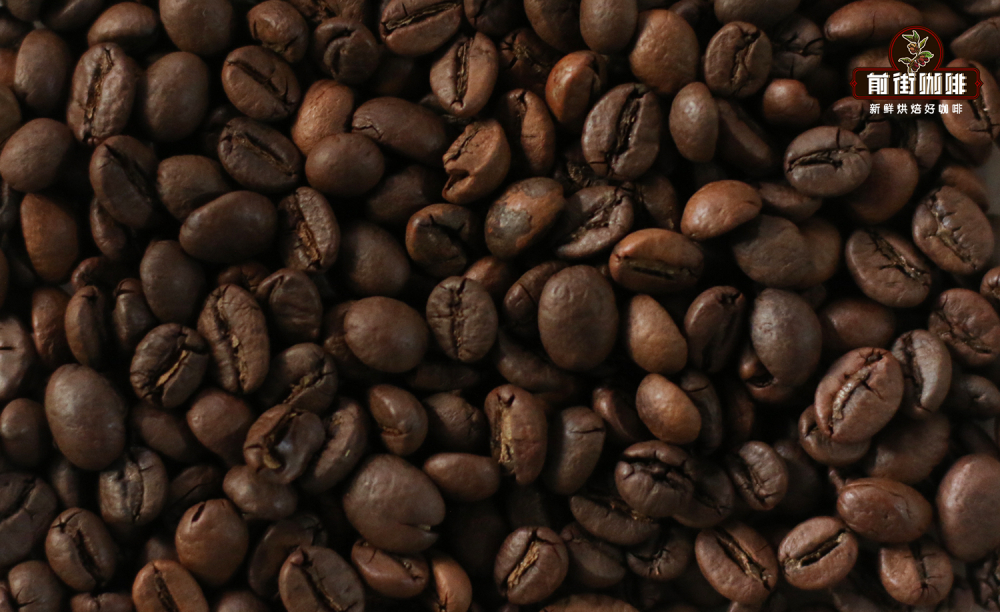
Because espresso will enlarge the flavor of coffee, good or bad, and single coffee comes from a single origin, so its disadvantages are relatively easy to be magnified, so factors such as roasting and particle size will affect the flavor, so if you want to make a good cup of SOE, you need to have certain requirements for all aspects of technology. At this point, blending coffee beans can have a more stable performance.
Now that the quality of coffee beans is on the whole, more and more coffee shops are starting to use soe coffee beans as a gimmick. in order for guests to drink the difference between soe and ordinary blended coffee, coffee beans not only have to choose a good one, but also have a shallow roasting degree, so that it is no longer bitter, but with a sweet and sour taste.
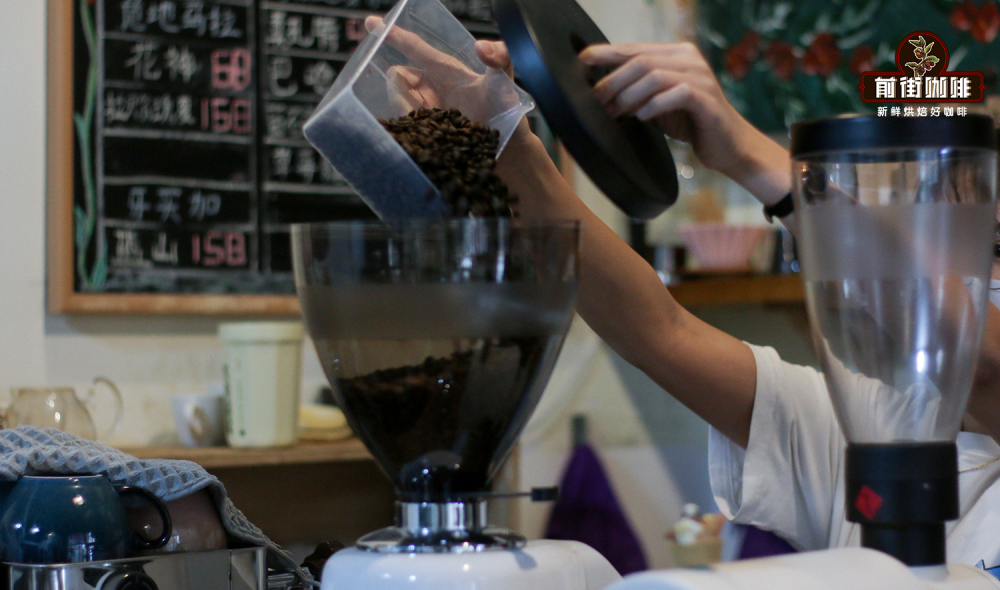
Does light baking SOE taste sour?
In the past, there were many arguments that shallow baked beans were not suitable for espresso, would be acerbic and would be very bad. Indeed, espresso made from light-roasted beans is more sour than deep-roasted ones, which is based on the degree of roasting. Another point is that the espresso extraction scheme is fixed. In hand brewing, the brewing parameters of light-roasted and deep-roasted coffee beans are distinguished. In Italian, it is also reasonable to extract based on common schemes, and the appearance of sharp sour taste is also reasonable. If you want to extract a good espresso, you need a clear train of thought. A clear purpose is one thing that many friends do not understand, that is, what do you use to extract this espresso, whether to drink it directly, to mix it with water, or to add milk. This will affect the whole extraction plan, such as drinking directly, espresso needs to be softer; if mixed with water, espresso needs to be more comprehensive; if milk is added, espresso needs to be stronger.
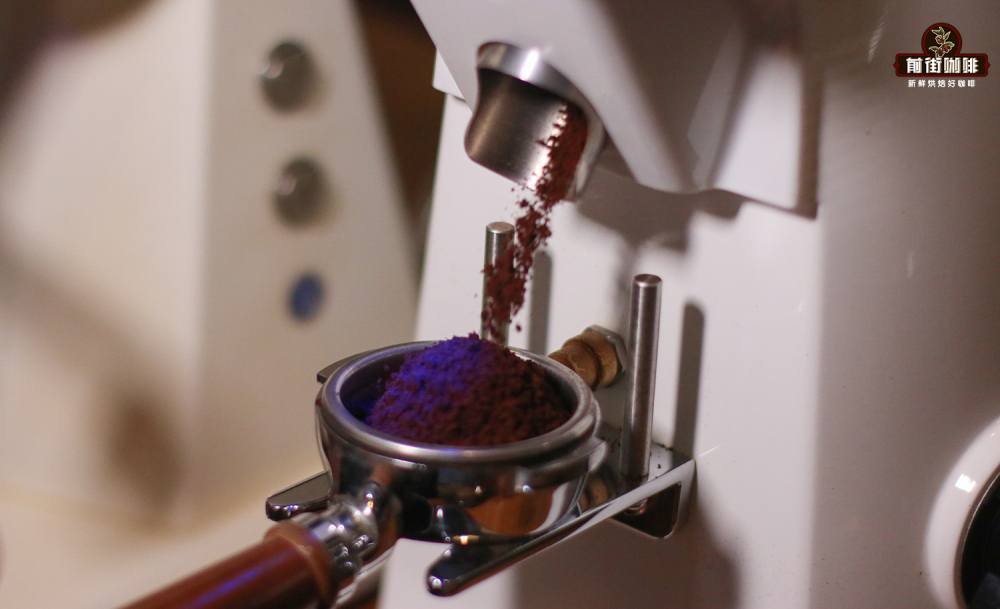
Then why don't you pay attention to this when you deep-bake coffee beans? In fact, it is also important to pay attention to, but very often one parameter is consistent with three types of drinks, so there is no need to come up with 2-3 sets of extraction programs, which is why espresso should be made with medium-and deep-roasted beans, because it is easy to worry. First apply the extraction formula or use the same set of standard formula as the usual research grinding, this formula is the ratio of powder to liquid at 1:2, time 25-30 seconds. The reason for using this formula first is to determine a degree of grinding first, although a micro-survey may be needed later, but the difference in degree of grinding is not too outrageous. (if you usually use medium and deep roasted spaghetti beans, then the grind light soe basically has a fine grinding scale, such as the warm sun matching grinding scale for daily use in front street is 2.1. the same powder ratio is also compared to time, and the grinding degree for light roasting Kenyan coffee is 1.6. And because of the density change caused by baking, the volume of light-baked coffee powder of the same weight will be less than that of deep-baked coffee powder. Therefore, you should also determine the final amount of powder according to the capacity of your powder bowl. )
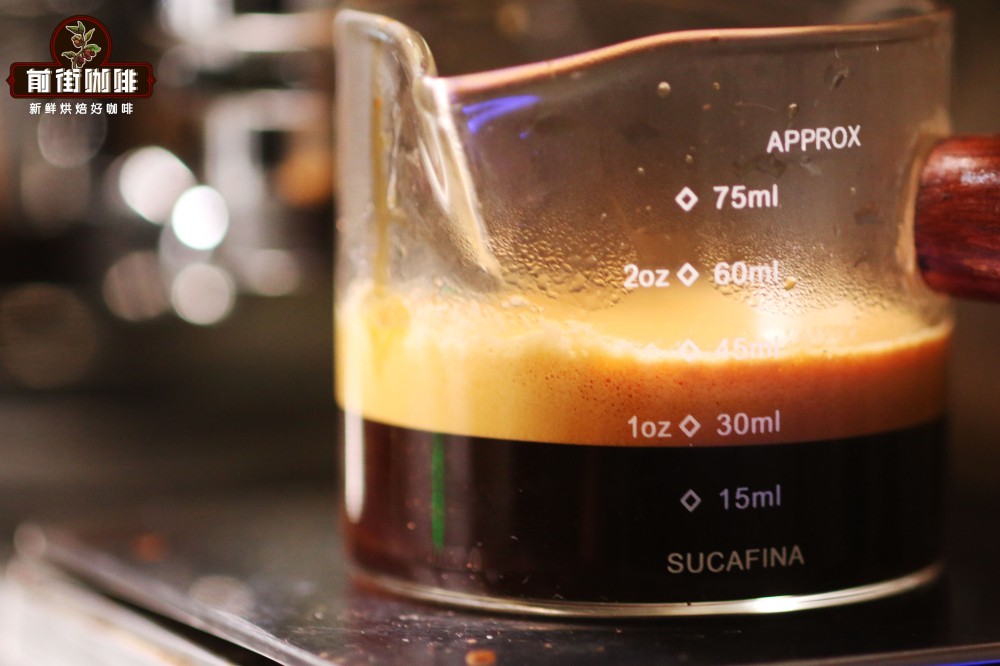
According to the flavor and purpose to adjust the coffee extracted by the general formula, there is no big problem in grinding and flow rate. If there is a problem with the flavor, it is necessary to prescribe the right medicine. For example, the most common problem is that it is too acerbic and the rhyme is too short. Generally speaking, this problem is best solved. First, observe whether the flow rate of the grinding degree is reasonable. For example, the first drop of coffee liquid comes out in a few seconds. If 4-5 seconds, you can adjust the grinding degree properly. If it is 7-8 seconds, then you do not need to adjust it.
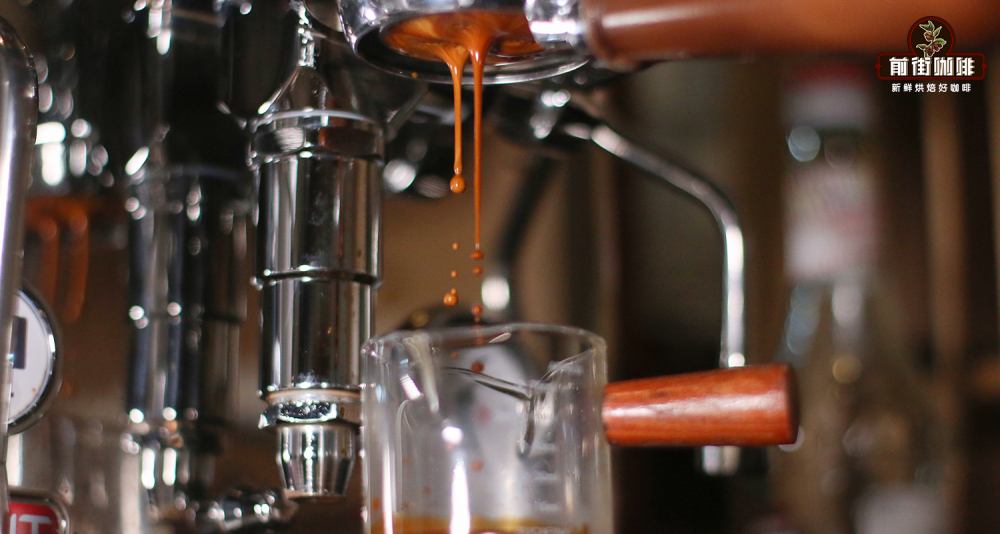
The next step is to extend the amount of extraction, which is usually extended by 10-15g. Because the sharp acid and short aftertaste of coffee liquid is mainly due to the low extraction rate of coffee beans, increasing the amount of coffee extraction will make the taste of espresso less exciting, gradually balanced and highlight sweetness. Of course, this method will reduce the concentration of coffee, which is generally suitable for drinking directly or mixing water to make American style. For example, in Qianjie, the extraction parameters of Kenyan coffee beans are 20.6g to extract 55g coffee liquid for 34 seconds, drink directly with the sweet taste of berries, and make American plums and tomato sour. When making milk coffee, the grinding degree is mostly adjusted to finer to make up for the problem of low extraction rate. Follow-up adjustments should not be framed by the data through the formula, even if the extraction time is more than 30 seconds, the milk coffee is good. This is to solve the problem of insufficient coffee flavor in soe milk coffee. If there is a sour feeling in milk coffee, it still needs to extend the amount of extraction to solve.
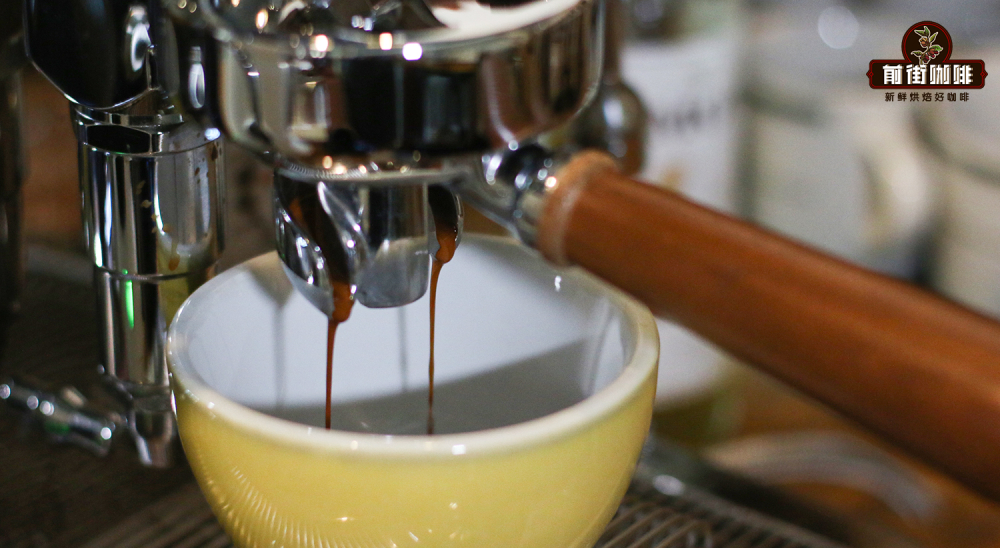
The second common problem is the unpleasant taste of coffee liquid extracted by formula, such as grass, almond, scorched bitterness and so on. It is best to use the method of one divided into three to test the problem. If the target coffee liquid extracted is 40g, then we will use three cups to catch about 13g each of the front, middle and rear coffee liquid. Taste which of the three cups of coffee has an unpleasant taste, if only in the latter part, then only need to reduce the amount of extraction. If you have the first or three cups, you need to adjust the degree of grinding.
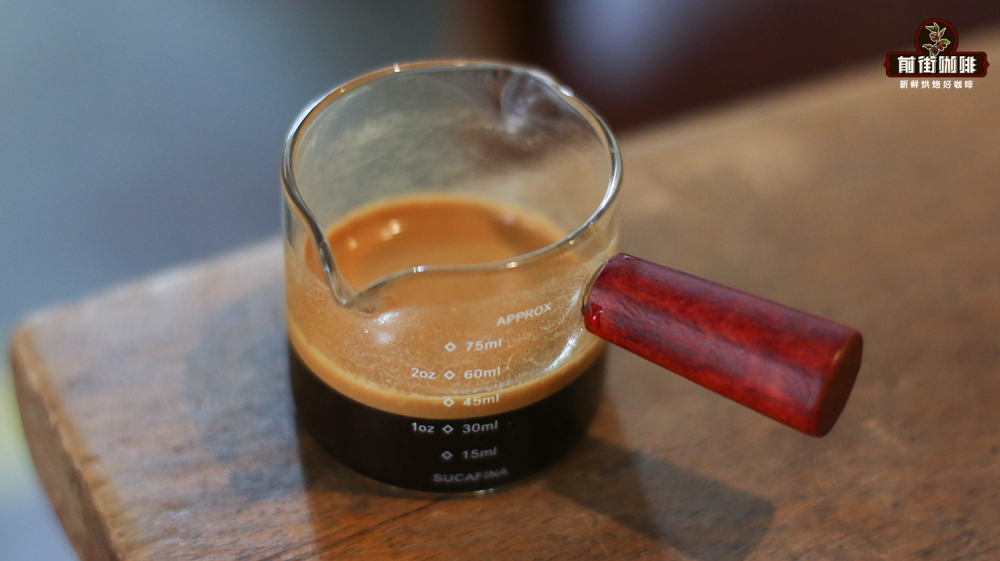
The third problem is that the coffee liquid is too light and tasteless. This is a problem reflected by many friends in Qianjie. Qianjie also summed up some problems, that is, most friends think that the Italian grinding degree is a fixed value, as long as a bean adjusted scale, other coffee beans can also be used. In fact, this is not the case, so if there is a problem that the coffee liquid is too light and thin, the degree of grinding is generally not accurate. Of course, if you want light-baked soe beans to compare with the traditional Italian deep-baked beans, it can't be compared.
Professional coffee knowledge exchange more coffee bean information please follow the coffee workshop (Wechat official account cafe_style) more boutique coffee beans please add private Wechat Qianjie coffee, WeChat: qjcoffeex
Important Notice :
前街咖啡 FrontStreet Coffee has moved to new addredd:
FrontStreet Coffee Address: 315,Donghua East Road,GuangZhou
Tel:020 38364473
- Prev

Enjoy the Christmas coffee at the right time! As long as one drink, it is a strong Christmas atmosphere!
Professional coffee knowledge exchange more coffee bean information please follow the coffee workshop (Wechat official account cafe_style) dear fans! Happy Christmas Eve! It's almost Christmas! It is believed that many coffee shops will offer Christmas drinks or desserts to meet the Christmas atmosphere. Apart from the decoration of the storefront, as the most gorgeous and varied coffee flower in the coffee industry, it is naturally not.
- Next

How to drink Yemeni mocha coffee? How do I use flannel coffee? The characteristics of Philharmonic pressing Coffee
The Yemeni mocha is often default to fancy coffee with chocolate sauce in the concentrate, but there is actually a kind of single coffee called mocha. The name Mocha comes from the port of Mocha in Yemen. It is said that in the 17th century, Europeans imported coffee for the first time and spread to the whole world. Although Ethiopia is a world,
Related
- What is the meaning of lactic acid fermentation with coffee bean treatment?
- How to judge the state of foam by sound?
- How does the latte pull out the unicorn pattern? Come to get for a little trick to improve the flower pull!
- Will flower pulling affect the taste of the latte?
- Do you know the history of coffee?
- The difference between honey treatment and sun washing what is raisin honey treatment?
- What kind of milk can a novice use to make coffee foam to keep the foam longer? The correct method and skills of milking tutorial sharing
- Why do washed coffee beans taste sour? Flavor characteristics of washed Coffee
- Introduction to the skill of how to practice the size and height of water injection around the circle of hand-brewed coffee
- How do beginners practice coffee flower drawing from scratch?

